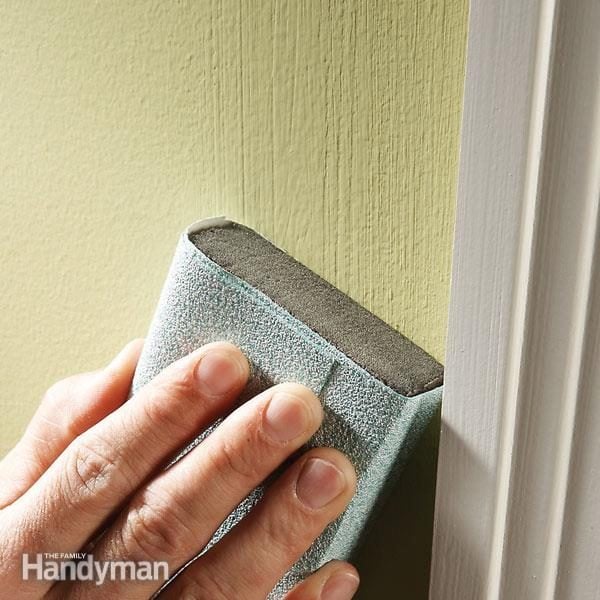DIY-ing can be frightening, but oh-so-fun and gratifying! I focus on simple tutorials using typical, easily-accessible, and safe products - Cabinet Painting Charlotte NC. However every once in a while I handle a big task, such as re-tiling my entire living area or repainting my kitchen cabinets!When I set out to repaint my kitchen cabinets, I knew it was a project I 'd just desire to do when.

I also knew, from several earlier jobs, that the doors would be the trickiest part. I was so delighted with the procedure I utilized and its outcomes that I'm enjoyed share it with you here on Remodelaholic today. Painting cabinets can be frightening, but with a little perseverance and planning ahead, you can save hundreds of dollars by doing it yourself.
Really, it's three secrets in one. To get a really professional finish on your cabinets, you require: Self leveling, slow-drying paint and primerA mohair roller, and synthetic brushA horizontal surface to lay the doors on during painting and drying time. I utilized Benjamin Moore Advance paint and guide, which is specifically designed to cut down on brush strokes.
In order to have time to level out, the drying process takes a little bit longer, however it's so worth the wait! I had actually fallen for a Valspar color, "Totten's Inlet", so when I chose Ben Moore paint, I just inquired to mix it in this color for me, in a satin finish.
I established my workspace so that I might lay the doors on a flat surface to deal with them. Utilizing sawhorses and two-by-fours, I made long worktables. In this manner, I might paint a door and leave it to dry while carrying on to the next door. The longer you can let your doors lay flat, the better the paint can dry, which minimizes drips.
The Ultimate Guide To How To Cabinet Painters 28277 Paint Interior Doors how to paint unfinished cabinets - The Home Depot
Argh! That's not what we want. So do yourself a favor, and put some believed into how you'll keep your doors flat for as long as possible. So, now that you have a work area in mind, let's move on to the process. First, label all your doors and cabinets. (Do not eliminate a single door till it's labeled! I assure this action deserves the few minutes it takes.) Then remove the hinges and knobs.
Clean the doors with a great degreaser, such as Krud Kutter. Sand thoroughly. You wish to eliminate all the gloss from the previous surface area so the primer and paint can adhere well. You do not need to remove all the stain or paint, just the surface area layer of gloss. Clean well.
Do not utilize water or it will raise the grain of the wood, which hinders a smooth surface. Roll on guide onto flat surface areas, then use the brush to use a light coat into all the molding edges. Allow primer to dry completely. A word about priming: Yes, you must do it.

They do not serve the exact same purpose, and for a truly expert looking job, I recommend doing both. Caulk any open seams between the panels and the molding. Allow caulk to dry totally. This appears like a little information, but it really makes a difference in the ended up product!Sand gently once again with 200 grit sandpaper.
Now you are all set for a coat of paint, and a little finesse in how you apply it. I discovered that there is an order that assists remove brush strokes and drips. Essentially, you want to work from the lowest panel surface area to the greatest. Initially, utilize the roller on the interior panel. Cabinet Painters 28209.
More About Beginner's Guide To Kitchen Cabinet Painting - Scott Mcgillivray
Then utilize the roller once again on the exterior, or top, panels and around the edges of the doors. By doing this, you can smooth out any additional paint left on the edges from the brush. Do not overload your brush and roller, and attempt to get a good light, even coat of paint on the door.
When the paint is dry (follow producer instructions on the can and do not hurry!), sand and tidy again. Cabinet Painting 28211. If you are painting the inside of the cabinet doors, you'll wish to flip them over and use the very same process before putting the second coat on the front. Finally, use a last coat duplicating action 8. Let your painted doors treat well for a number of days before rehanging them, so they do not stick to the cabinets.